The 10 Best Cowboy Bebop Episodes
The iconic anime series is still worth watching all the way through, but here’s a list of the truly standout episodes.
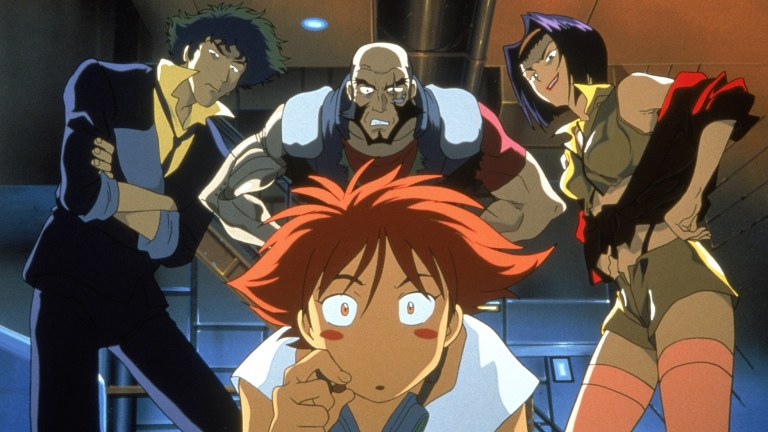
The entirety of Shinichiro Watanabe’s iconic anime about a bounty hunter crew in space, Cowboy Bebop, is only 26 episodes (and a movie) long. However, with news of Netflix doing a live-action remake, why not whittle down this quite limited series to its ten best episodes (or “sessions” as the show calls them)? Top ten lists make the internet go round.
It’s also not an unreasonable proposition because, unlike a lot of anime which is serialized throughout, the majority of Bebop episodes are standalone adventures. Even episodes that delve into the backstories of protagonists Spike, Jet, Faye, and Ed before their time together on Jet’s ship, the Bebop, mostly function on their own. So, technically speaking, blasphemous though this may sound to fans, if you’ve never checked out the anime, just watch these ten and you’ll be getting all you need. Yeah, I said it!
Look, I love Cowboy Bebop, but if you haven’t watched it in a while, there’s more filler in there than you remember. That said, every episode has something worthwhile in it: a gorgeously animated fist and/or dogfight, a scene beautifully synched to Yono Kanno’s incredible soundtrack, or just a moving character moment. Cowboy Bebop shows its age only in minor, superficial ways and is worth a full watch. But, that said, it’s got its dull moments too, so, these ten episodes will do, if you’re busy (though I’d still very much recommend watching these in chronological order).
Keep in mind, of course, this list is my own completely subjective opinion, which is why it is the definitive Top 10 Cowboy Bebop best-of list and there shall be no false top ten lists besides it. Oh, and this list will absolutely spoil almost all the major plot points of the series.
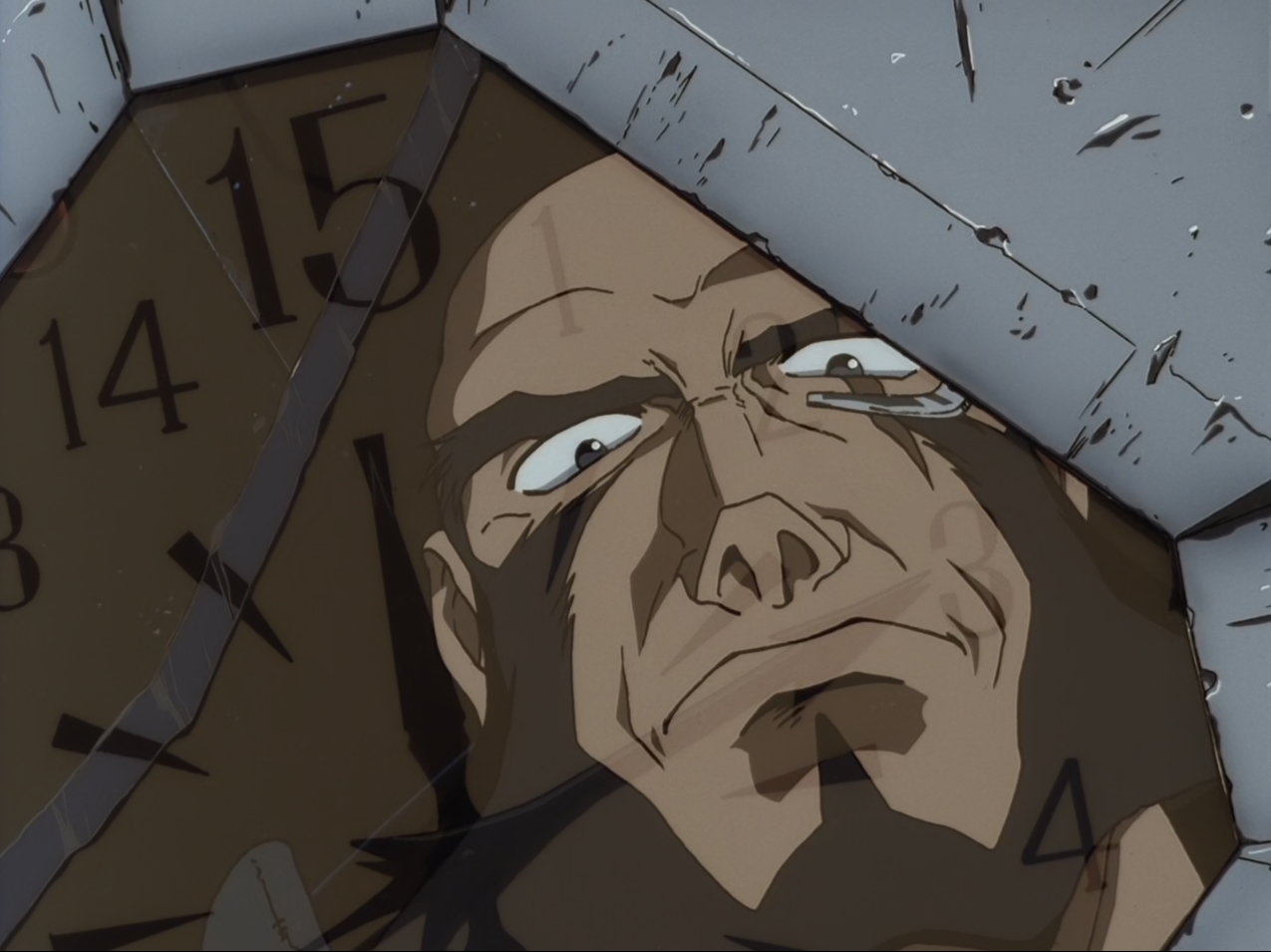
10. Session #10: “Ganymede Elegy”
I last watched Cowboy Bebop at least fifteen years ago and back then I was specifically against the Jet and Faye backstory episodes. I felt they were slow-moving and full of boring exposition instead of space explosions and cool kung fu and gunplay backed by swingin’ jazz. Watching the series this time around, however, I found the backstory episodes to be some of the show’s best.
Bebop’s protagonists are not that deep. They’re principally noir archetypes (Spike = tough, detached loner with a heart of gold, Faye = femme fatale, Jet = good cop spurned by a corrupt system, and Ed = um… never mind). The episodes that explore their pasts aren’t intended to provide a detailed roadmap to understanding what makes these people tick. Rather, we’re only given a few bullet points from their past lives that hint at more complex characters we’ll never fully know. It’s a smart and effective way to create depth (or, arguably, the illusion of it) without turning backstory exploration into a slog or inadvertently destroying the cool mystique of these normally guarded characters of few words.
further reading: Everything We Know About The Cowboy Bebop Live-Action Netflix Series
What’s great about “Ganymede Elegy,” in which Jet gets involved in a former lover’s business, is that it presents a completely different kind of romantic relationship to the one that hangs over the entire series, Spike and Julia’s, which is a far more filmic, mythical, once-in-a-lifetime romance that Spike hinges a lot of his emo personality on. This episode doesn’t entertain the notion that Jet and Alisa were star-crossed lovers. It was an impactful relationship for Jet, who, one gets the feeling, has managed to cultivate few romances (it’s even possible this was his only one, ever), but it’s not like Alisa was “the one” or anything, and Jet is comfortably able to put their past together behind him at episode’s end.
For a series steeped in noir conventions, Cowboy Bebop’s gender politics are often surprisingly evenhanded. Jet intervenes in Alisa’s life and technically gets his way at the end of “Ganymede Elegy,” but the song that underscores his apprehension of Alisa’s current, criminal beau is melancholic, rather than cool or triumphant. Overall, in exploring the reason for the deterioration of Jet and Alisa’s relationship, the episode is more sympathetic to the latter. Jet naturally reverts to a father figure role with pretty much any younger person he forms a bond with and we get a good sense of how his need to control things must’ve been stifling for Alisa.

9. Session #18: “Speak Like a Child”
Another backstory episode, this time about Faye, “Speak Like a Child” epitomizes the series’ “illusion of depth” character approach. The episode preview even admits to it, with Jet remarking, “At first glance, it’s interesting.”
It’s an episode meant to teach us something about Faye’s childhood, but we learn precious little except that she had one. Most of it is spent with Spike and Jet as they track down an old TV and a Betamax player so they can play a mysterious videotape that’s been delivered to the ship by an unknown sender. (One of the few signifiers that this is a show from the nineties is that its idea of ancient physical media is Betamax, a format so long-forgotten that I expect younger generations may never have heard of it.)
further reading: Everything We Know About My Hero Academia Season 4
We do find out that the tape is a message from child Faye to her future self. However, we never learn who sent the tape. We hear some of Faye’s childhood friends behind the camera, but never see them or find out anything about who they are. We don’t find out where Faye lived, anything about her family, or what prompted her to record this message to herself.
None of that really matters though. Spike and Jet’s Betamax adventure is fun to watch. More importantly, Bebop demonstrates how effective it is at wringing emotions out of you with very little. The ending, in which the crew finally sees the content of the videotape, cranks the melodrama to 11. It’s more than a little on the nose (child Faye literally chants to her future, amnesia-addled self, “Don’t you lose me!” and, actually, Jet also acknowledges in the episode preview that “the ending is forced”) but Faye watching her past self, unable to muster any recognition, is heart-wrenching nonetheless.
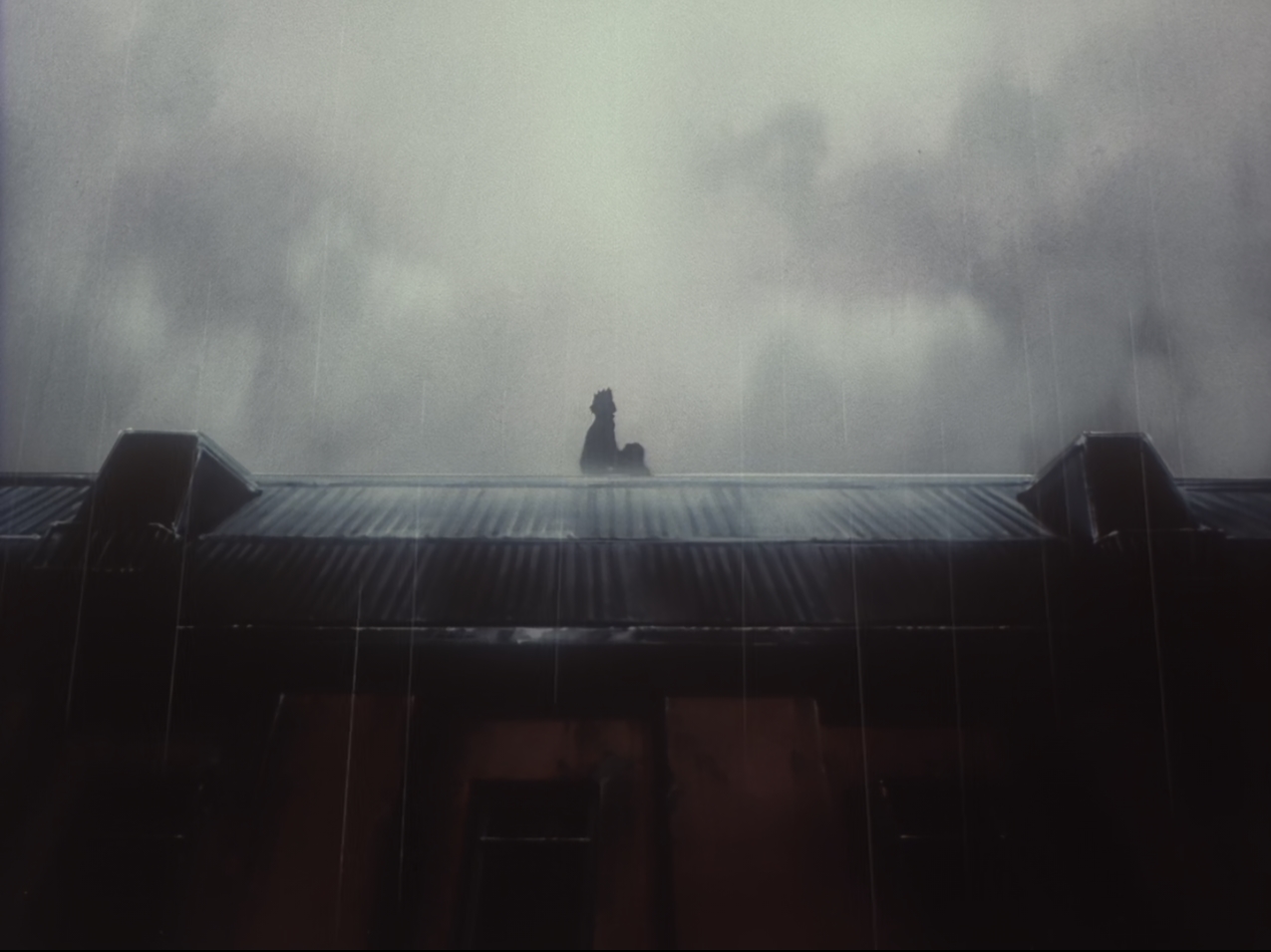
8. Session #26: “The Real Folk Blues, Part II”
The tone and pacing of each of the two parts of the series finale are drastically different, so they’re worth analyzing independently. This, the very last episode, knifed me in the heart the first time I saw it. After all, to put it mildly, some important characters die in it.
However, maybe because I knew what was coming, it didn’t hit me so hard upon rewatching and, in fact, I found it to be the weaker of the two parts. There’s a lot of high-octane violence and some extremely cool sequences, like the final shootout set to the extended version of the end credits theme, “The Real Folk Blues.” It’s deeply sad and cathartic to see Faye break down and acknowledge she cares about what happens to the rest of the crew, as their dynamic throughout the show is largely characterized by a cool indifference. The final song, “Blue,” is beautiful. It’s a solid ending. It’s just that Bebop moved me more with other episodes.
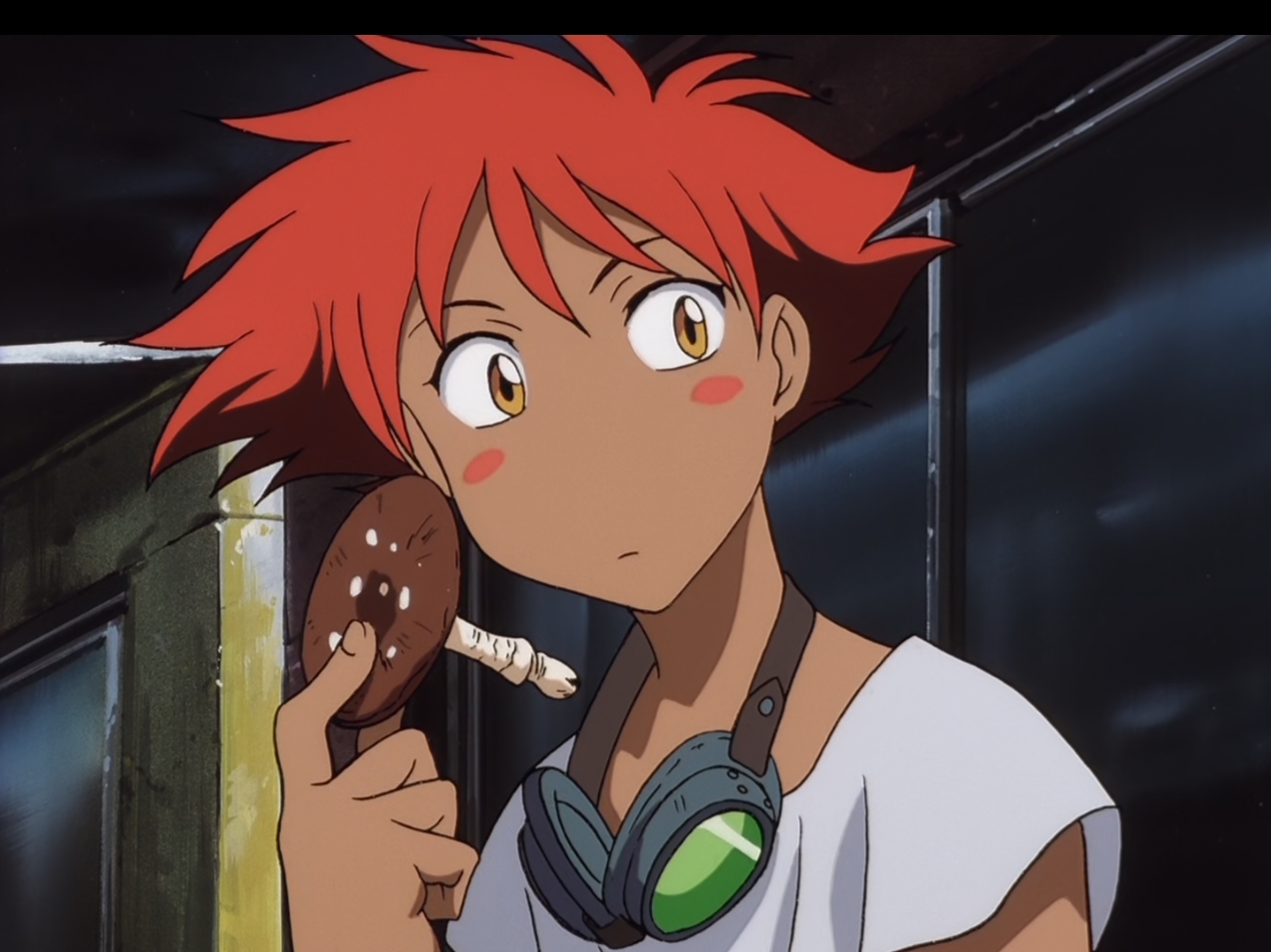
7. Session #17: “Mushroom Samba”
Comedy is not the first thing I come to Bebop for (“Toys in the Attic” did not make this list), but who can deny the goofy, rip-roaring good time that is “Mushroom Samba?”
It’s a silly episode by default because it’s an Ed-centric one and Ed is ridiculous. The rest of the Bebop crew is incapacitated for the bulk of the proceedings because Ed, showing a hilarious lack of care for the well-being of her companions, gets them all to eat psychedelic mushrooms. Spike, Jet, and Faye tripping is pretty funny, though especially good is when Ein the dog eats a mushroom and then hops around while hiccupping.
further reading: The Best Streaming Anime
The episode is also an homage to blaxploitation cinema and spaghetti westerns (Foxy Brown, Shaft, and Django are all referenced), so, accordingly, it’s got some really cool action sequences (the main one set to the highly memorable Yoko Kanno track “Mushroom Hunting”).
It’s worth mentioning that, though Faye’s character design is fanservice personified, the series frequently subverts her appearance by having her do decidedly unsexy things. In “Mushroom Samba,” she gets diarrhea and spends much of the episode on the toilet.
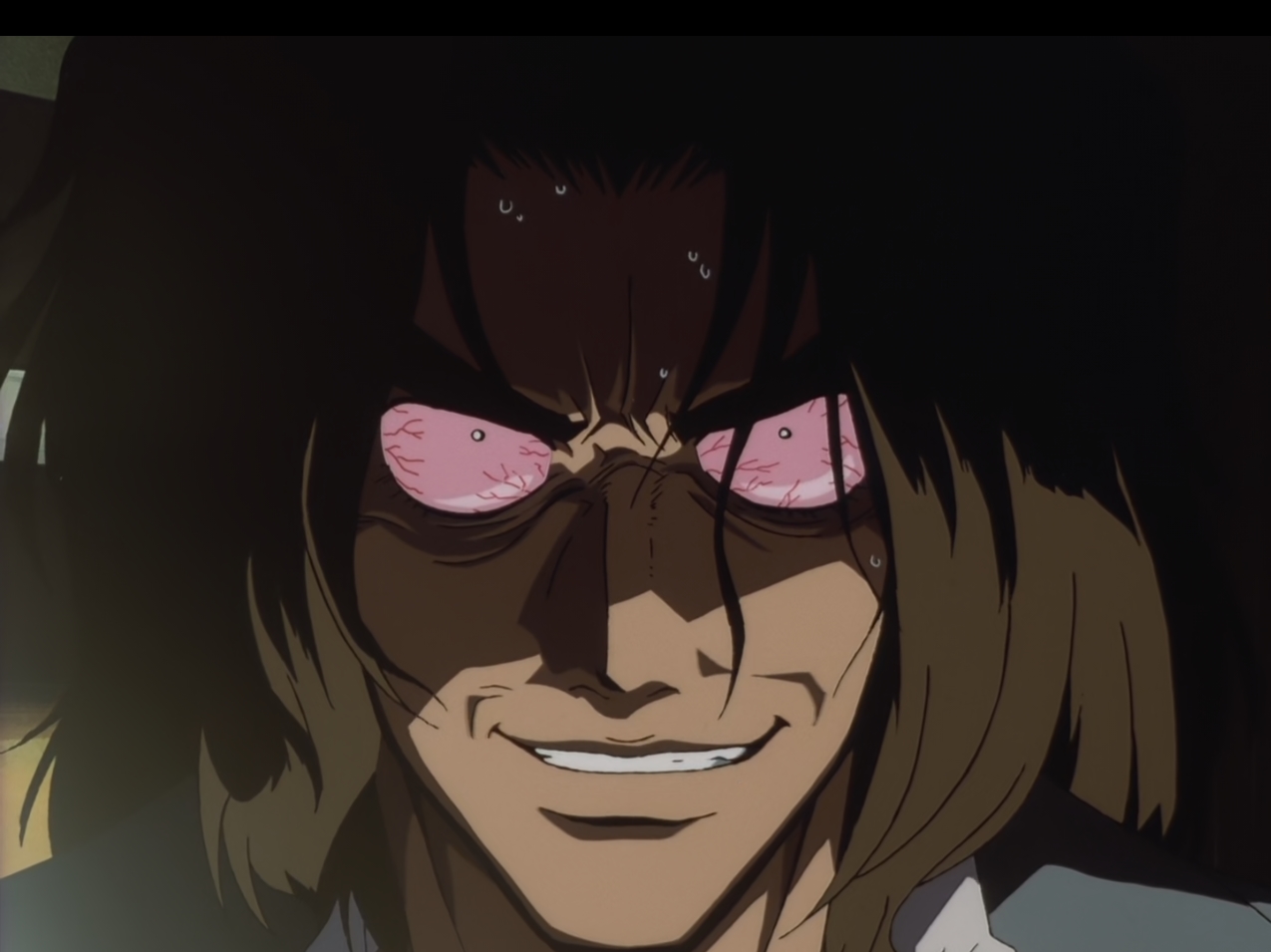
6. Session #1: “Asteroid Blues”
The first episode of Cowboy Bebop makes the series look cool as hell right out of the gate. It establishes the themes that define Bebop: everyone is primarily driven by a need to get paid, Spike is always hungry, the authorities are ruthless, spirituality is a guiding principle, and things regularly end tragically with nobody getting what they wanted.
read more: Space Dandy: 5 Essential Episodes
It establishes its style with loads of gunplay, some kickass kung-fu fighting, and a bit of space travel. The big-budget, high-quality feel of Bebop is also there as “Asteroid Blues” looks and sounds gorgeous throughout. Especially great are the scenes animated to appear as though they’re shot with a handheld camera. The series isn’t always this ultraviolent, so it’s a little surprising its first impression features so much blood, but damn if it isn’t all super-stylized and awesome to look at. This is an amazing introduction to the series and an exciting, cool, self-contained work in its own right.
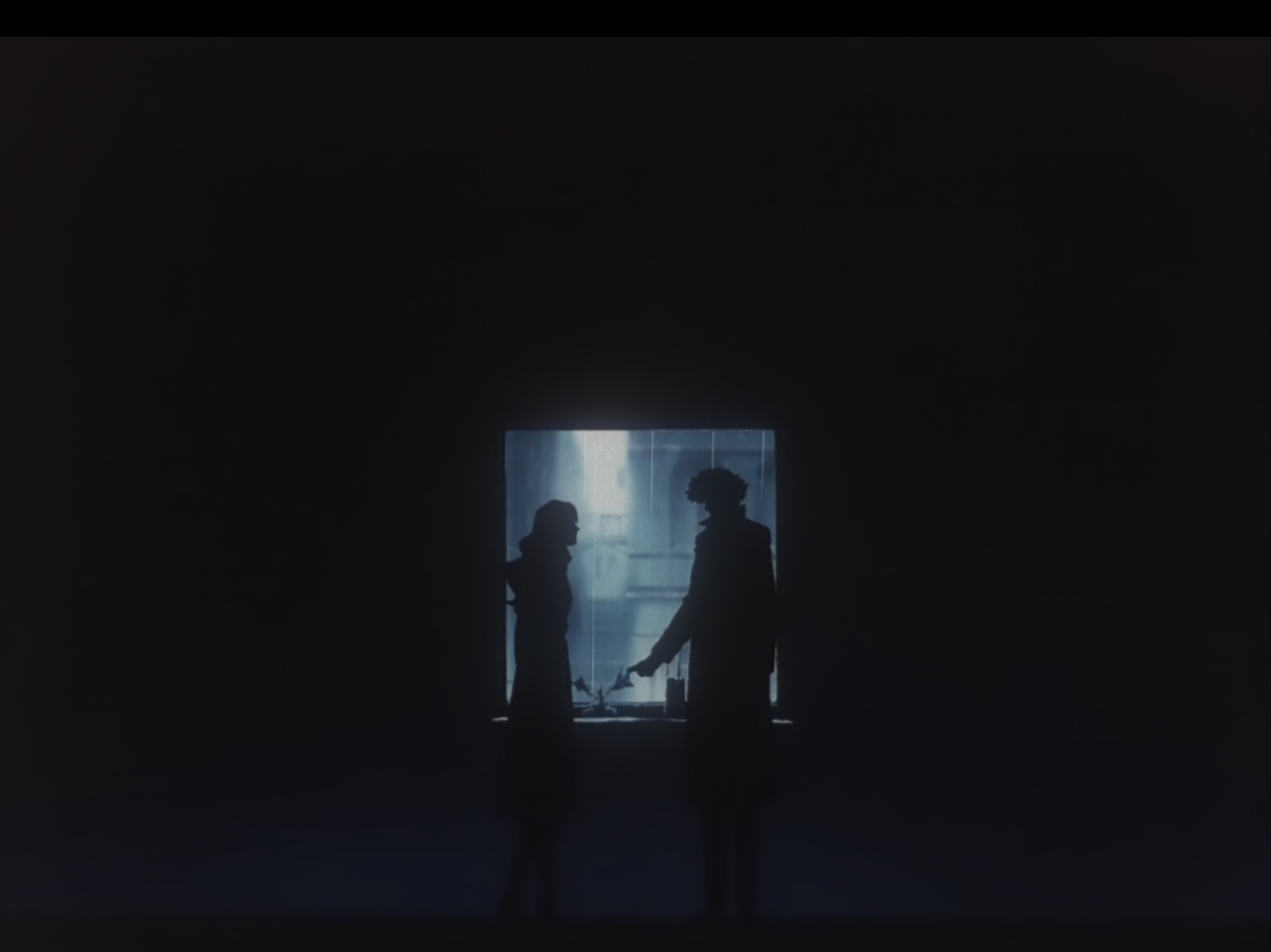
5. Session #25: “The Real Folk Blues, Part I”
The job of the first half of the show’s two-part finale is to set the stage for the big climax, but I ended up enjoying the setup a little more than the payoff. It’s a more meditative experience than the explosion of violence and tragedy that comes after it as we get more insight into Spike’s past. Plus, Faye and Julia have a charming, coincidental run-in (coincidence is a major theme of the series).
It’s neatly communicated the way Spike’s crime syndicate past is catching up to him, creating not just a threat to him, but to the people around him as well, when Jet gets shot early on and, later, the Bebop gets torn up by syndicate ships. Spike’s past has caused him trouble before, but it’s never affected the rest of the crew so directly. It’s a smart way of suggesting that the dynamic on display in the series—in other words, the holding pattern that makes Bebop what it is—can only keep going for so long as the destruction baked into Spike’s persona will eventually rip everything apart one way or another.
“The Real Folk Blues, Part I” also features a sweet coda for the male host of the in-show TV show “Big Shot.” It’s an unexpected inclusion that demonstrates the fondness Bebop has for its universe all the way down to its tertiary characters.
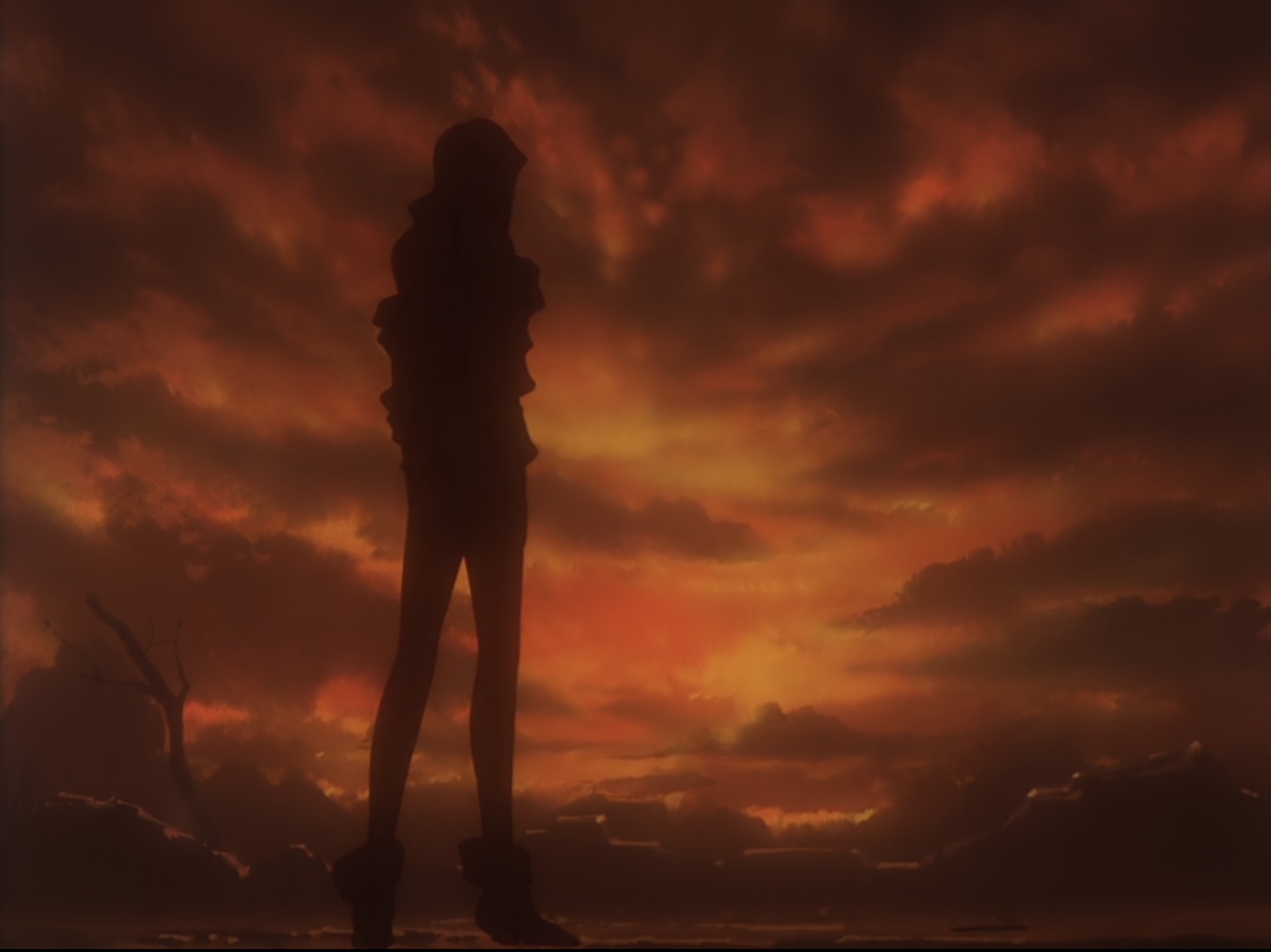
4. Session #24: “Hard Luck Woman”
This is the finale before the finale. The two-parter that comes after is about Spike’s fate, but “Hard Luck Woman” wraps up loose ends for Ed and Faye’s stories. “The Real Folk Blues” may put the final nail in the coffin, but the Bebop crew already goes through dissolution in this episode and it’s even more moving than the show’s actual ending.
Spike comes to the brink of death (and, as he so often melodramatically reminds us, he has already been metaphorically “killed”) so many times throughout the series that his fate is all but an inevitability. But everyone else’s future is uncertain, so these reveals hit all the harder. Ed goes off to live with her (highly inattentive) father, which is basically a happy ending for her, but her departure (especially because she takes Ein with her) signifies the loss of levity and innocence from the series.
read more: Ranking the Dragon Ball Z Movies
And Faye’s ending is a total gut-punch. Out of the whole crew, Faye strikes me as the saddest. She spends the whole series up to this point with amnesia, knowing nothing about who she is or where she came from. In this episode, her memories come flooding back to her and she returns to what was ostensibly her family home, only to find it destroyed. With her memories returned, Faye gets the brief hope of having a place of origin and a sense of belonging, only to find that place is no more.
“Hard Luck Woman” ends with the song “Call Me” which is an even prettier song than “Blue” from the finale.
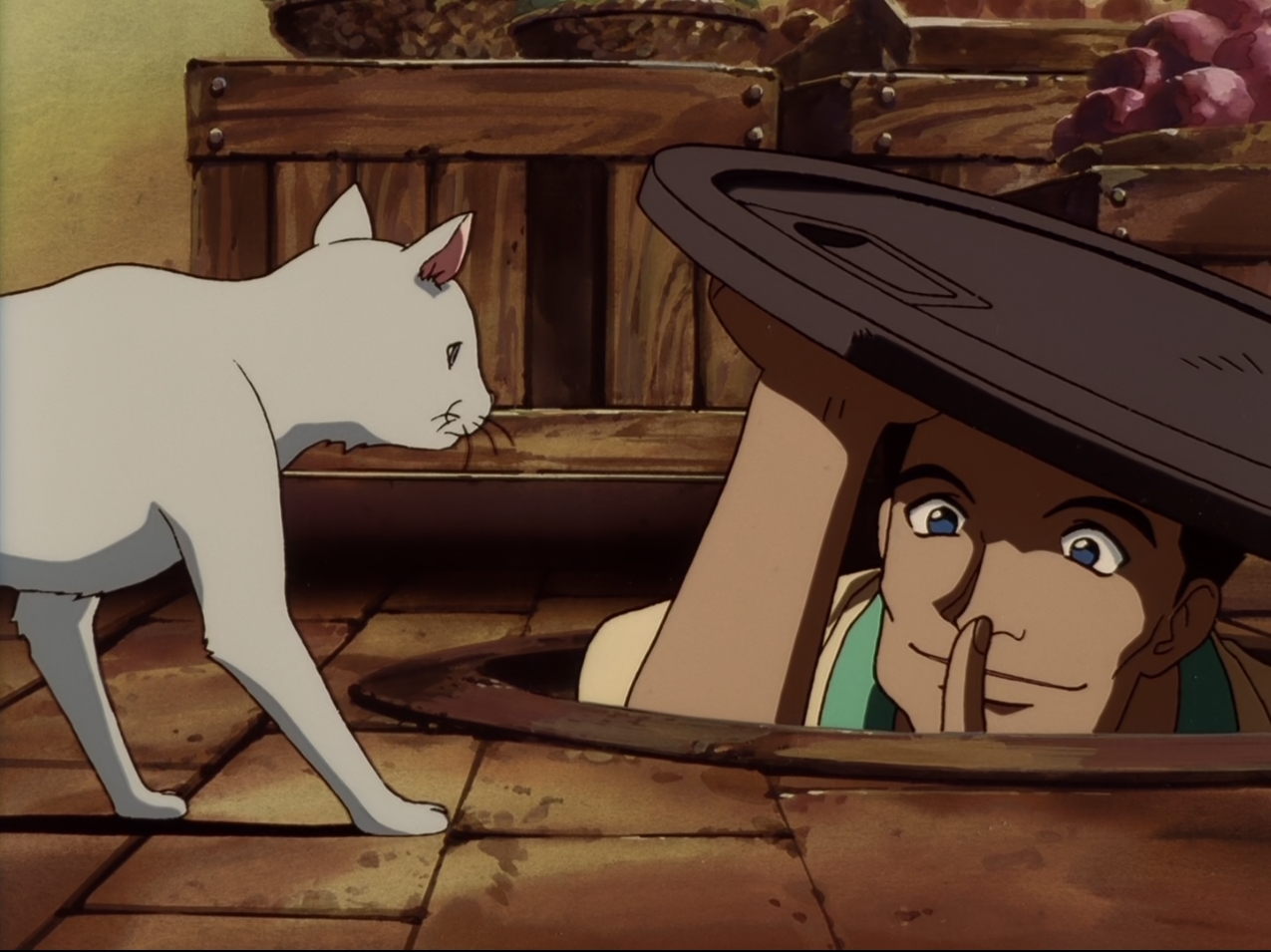
3. Session #8: “Waltz for Venus”
This episode encapsulates everything that defines Bebop. It’s got cool shootouts and kung fu, but the drive of it is the Bebop crew getting soft-hearted over a one-off character’s plight. And, because it’s Bebop, that character’s arc ends in utter tragedy. Some of the best Bebop episodes are the best just because they’re an amazing spectacle to behold but another pillar of the series is melodrama and “Waltz for Venus” is the quintessential melodramatic, emotion-milking episode.
read more: The Best Horror Anime to Watch on Crunchyroll
Director Shinichiro Watanabe must’ve been happy with how this one came out, because he recreated the same storyline almost beat for beat in his next series, Samurai Champloo, with the episode “A Risky Racket.” Seriously, check it out for yourself. Same story.
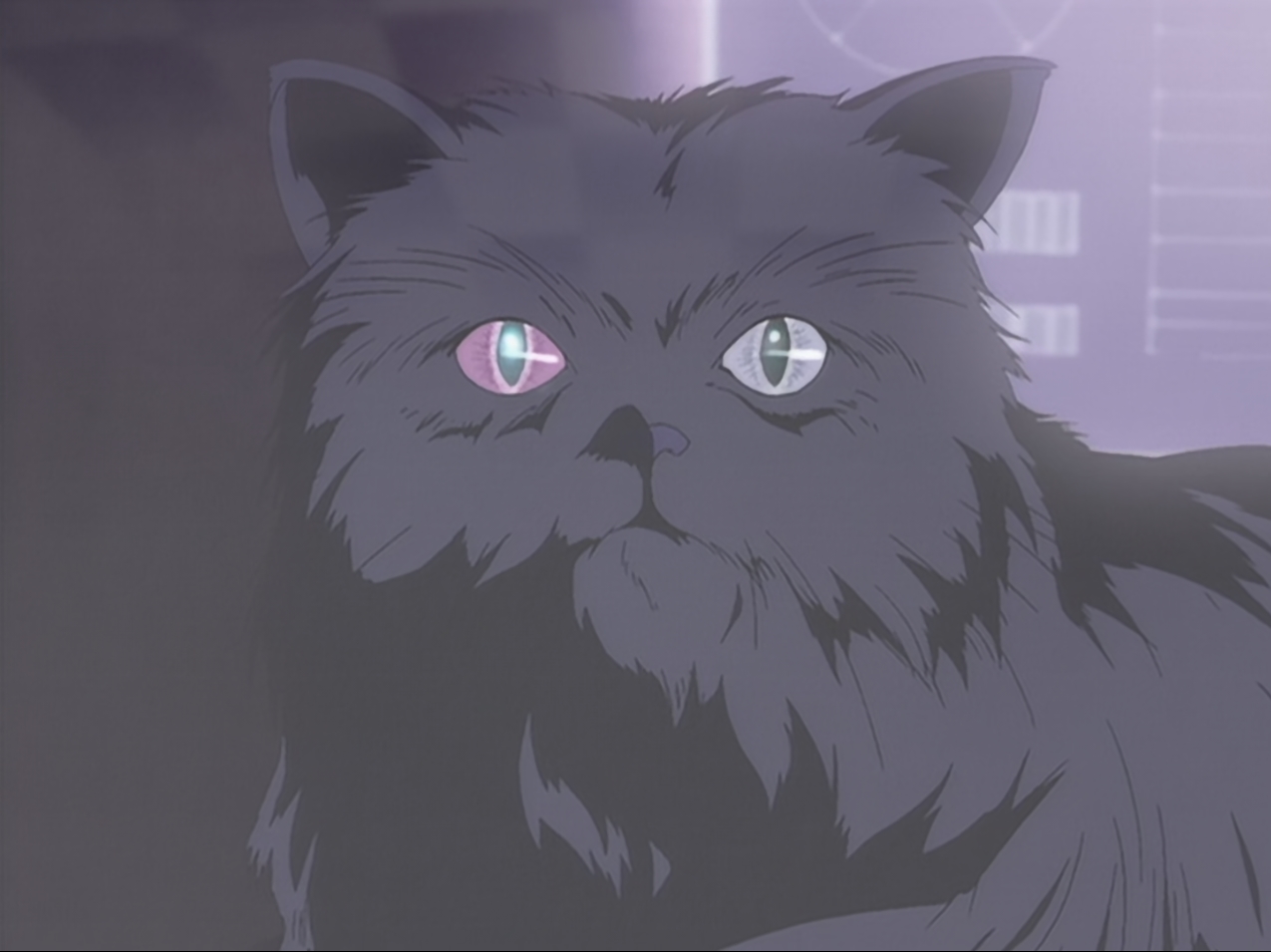
2. Session #20: “Pierrot le Fou”
This is not a typical Cowboy Bebop episode. The show sometimes goes hardcore on the bloodshed or leans into a creepy vibe (e.g., “Sympathy for the Devil”), but “Pierrot le Fou” is a full-on horror-thriller (“Toys in the Attic,” in contrast, is a horror-comedy).
It’s an interesting episode because it’s like an exercise in storytelling almost entirely through action and stylish visuals (aka the first rule of screenwriting, “show, don’t tell”). Spike witnesses a murder and then has to kill the murderer—a nigh-indestructible, creepy clown guy called Mad Pierrot—before he gets killed by him. The conflict doesn’t get any deeper than that. There’s some backstory about Mad Pierrot in the middle of the episode told through an intense montage that features some cool CGI and a rare use of electronica on the soundtrack with a cover of Pink Floyd’s “On the Run.” However, the montage simply ties up a few story threads and, hilariously, Spike never learns the info that the viewer does, so, for him, it’s just a stark, random, kill-or-be-killed situation.
Heavily inspired by Batman villains (Bebop‘s animation studio, Sunrise, also worked on Batman: The Animated Series), Mad Pierrot is a disturbing, fun character to watch. His incredible abilities kind of cross the line from sci-fi over into straight-up magic, but, whatever, it’s neat to see Bebop give an archetypal supervillain character a shot.
“Pierrot le Fou” just looks and sounds cool. It’s darker and scarier than typical Bebop and, musically, doesn’t even really sound like the same show. But the beauty of a series comprised primarily of self-contained adventures is it can occasionally veer off from its established style and go for something very different. And sometimes it results in something shocking and awesome.
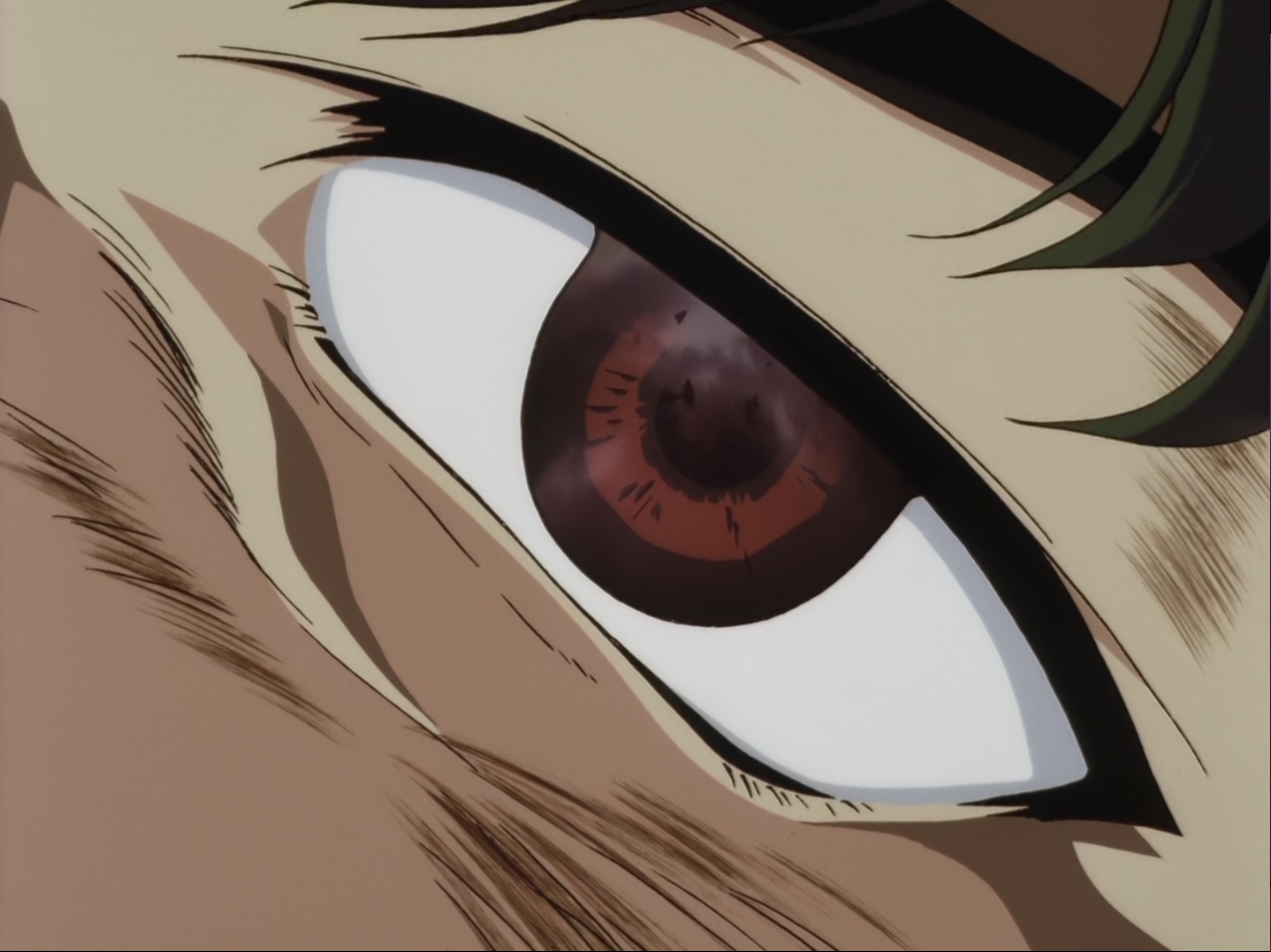
1. Session #5: “Ballad of Fallen Angels”
The fifth episode of Cowboy Bebop formally introduces the continuing plot that will eventually lead to the series’ climax, as Spike’s crime syndicate past catches up with him for the first time. It’s also the first episode where Faye gets involved with the rest of the crew’s business. She’s mostly there to provide levity but, in such a dripping-with-melodrama episode, having her around to diffuse things is important.
But, obviously, it’s that overamped drama paired with intense, dark, hyper-stylized action that makes “Ballad of Fallen Angels” the incredible episode that it is. It introduces Vicious and sets him up as a properly menacing antagonist. It’s got good character stuff as Jet, Faye, and Spike all let slip that they care about one another more than they let on. And then there’s scene after scene of badass shit: the opening massacre of the Red Dragon clan, the simmering tension of the opera scene, the lead-up to the huge action sequence scored by the song “Rain,” the over-the-top destructiveness of the cathedral action sequence, and then the iconic sequence of Spike falling from the cathedral window as snatches of his past flash before his eyes (accompanied by another unforgettable song, “Green Bird”).
read more: Best Anime on Netflix to Stream
“Ballad of Fallen Angels” sets up the series’ core narrative arc, but it’s a stunning standalone episode as well. You don’t need any prior knowledge to understand what’s going on and, even if you aren’t familiar with the show or characters, you can’t help being affected by the spectacle conjured from the convergence of beautiful animation, gorgeous music, and artful direction. It’s the episode that sticks in everyone’s minds and with good reason. It’s everything that makes Cowboy Bebop the classic anime that it is, done at its very best.
Joe Matar watches a lot of cartoons and a lot of sitcoms. He’s obsessed with story structure so that’s what all his reviews are about. Joe also writes about video games on occasion. He has an MA in English if you can believe it. Read more of his work here. Follow Joe on Twitter for more fun @joespirational!